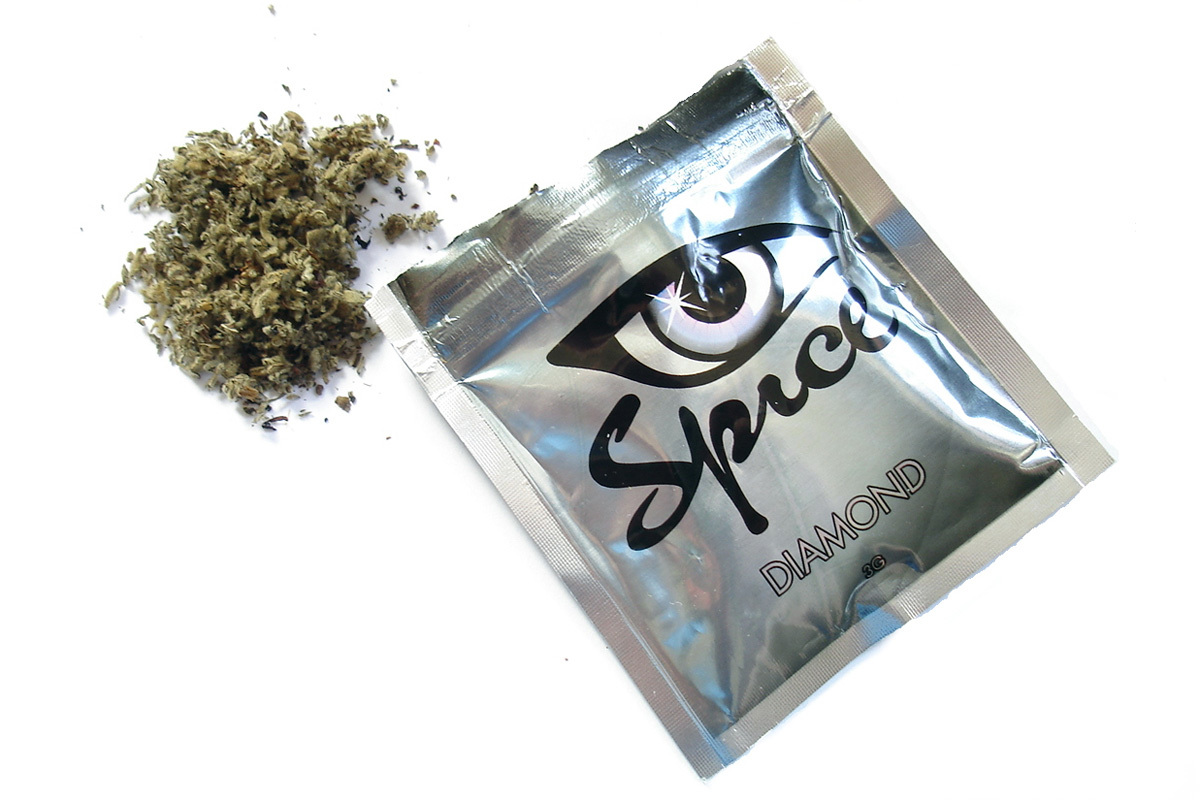
THE soaring use of so-called legal highs in Scotland’s jails has forced prison chiefs to train all 30 of its sniffer dogs to detect the problem drugs.
Justice chiefs say every prison in the country now has issues with inmates taking new psychoactive substances that contain chemicals which can produce similar effects to cocaine, cannabis and ecstasy.
The mind-altering drugs have been linked with one inmate death and one case saw a prison nurse knocked out by another inmate who had inhaled the zombie drug Spice.
David Strang, Her Majesty’s Chief Inspector of Prisons for Scotland, said: “It is encouraging that the prison service is bolstering its detection efforts as psychoactive substances are a cause of concern across all of the prison estate in Scotland.
“They are a concern to both the welfare of staff and the prisoners.
“What I find very worrying is the unpredictability. The substances are about altering the mind and it makes people behave in an unusual way.
“People can get very violent, have spurts of strength and are acting very bizarrely yet when they are cleaned up they don’t remember what happened.
“It is an emerging threat with its own challenges.”
New psychoactive substances were previously known as legal highs and a blanket ban criminalising their production, distribution, sale and supply was introduced across the UK in May 2016.
The Scottish Prison Service (SPS) said it has “significantly increased” its canine detection efforts, and now has 14 dog handlers and 30 dogs capable of detecting drugs.
The SPS said it had trialled training two dogs to detect new psychoactive substances and the success of that will now see them train up the rest of their dogs.

Enjoy the convenience of having The Sunday Post delivered as a digital ePaper straight to your smartphone, tablet or computer.
Subscribe for only £5.49 a month and enjoy all the benefits of the printed paper as a digital replica.
Subscribe